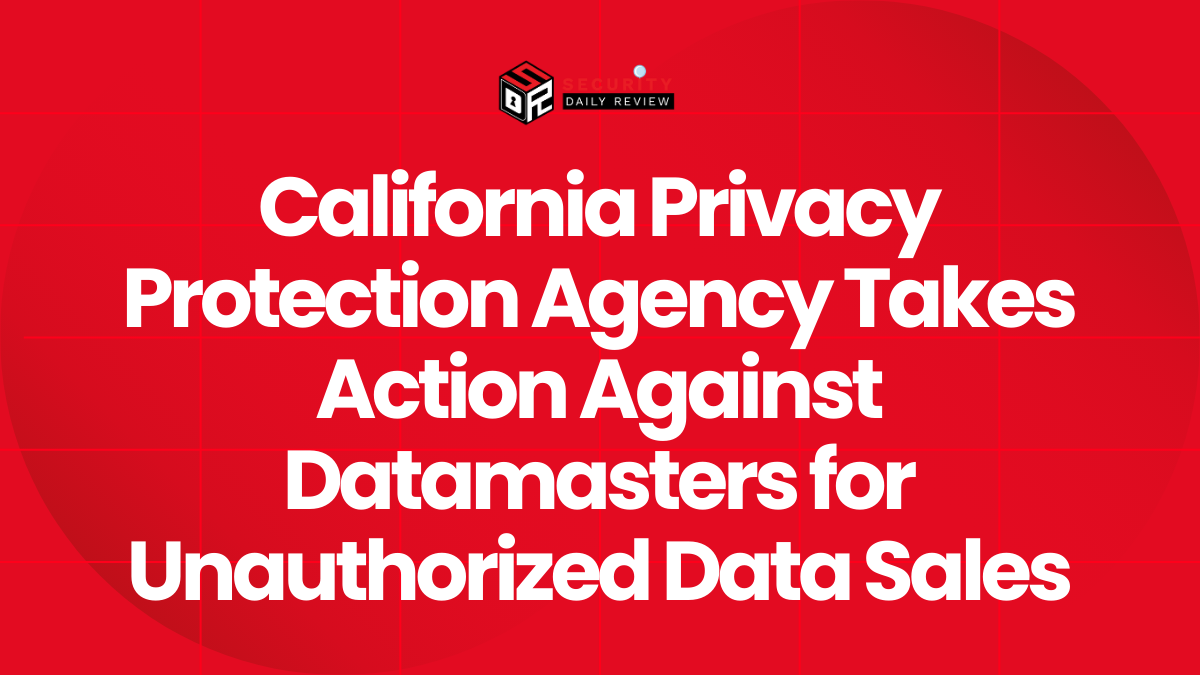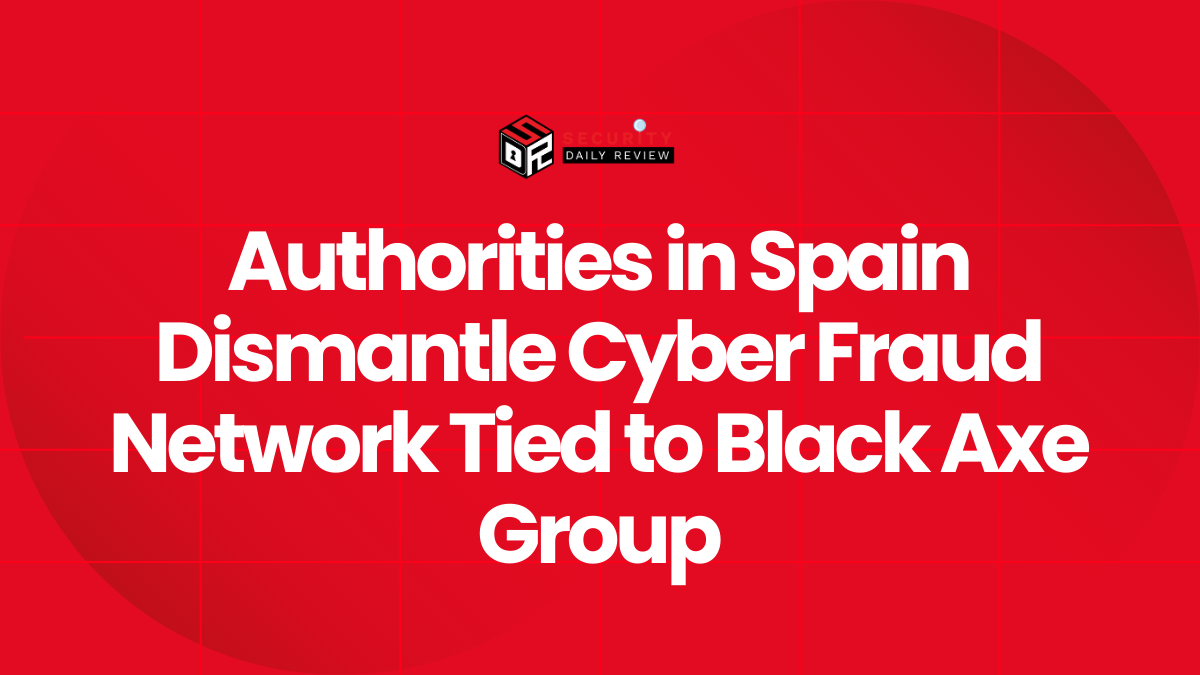The Highline Public Schools ransomware attack of September 2024 brought the entire K-12 school district to a standstill, highlighting the vulnerability of educational institutions to sophisticated cyber threats.
The Highline Public Schools Ransomware Attack and its Impact
On September 7th, 2024, Highline Public Schools, a large Washington State district serving over 17,500 students and employing more than 2,000 staff members across 34 schools, detected unauthorized activity on its network. This unauthorized activity quickly escalated into a full-blown ransomware attack, forcing the district to take immediate action.
The Highline Public Schools ransomware attack resulted in the immediate closure of all schools and the cancellation of all school-related activities. While the central office remained operational, staff were instructed to report to work. The scale of the Highline Public Schools ransomware incident was significant, impacting all aspects of the district’s operations.
The district immediately engaged a third-party cybersecurity forensic specialist to investigate the incident. This investigation confirmed that the unauthorized activity was indeed a ransomware attack.
“In response, a third-party cybersecurity forensic specialist was engaged, and an investigation was launched, which confirmed that the unauthorized activity was a form of ransomware,” the school district stated.
The FBI was also notified, and the district is cooperating fully with the ongoing law enforcement investigation. Due to the sensitive nature of the investigation, details regarding the specific ransomware variant and the attackers’ methods remain undisclosed. The question of whether student or staff personal information was compromised is still under investigation.
Recovery and Mitigation Efforts
The recovery process is a complex and multi-phased undertaking. The district is currently in the process of rebuilding its affected network systems. A critical part of this process involves re-imaging all student and staff devices.
This crucial step, scheduled to begin the week of October 14th, aims to eliminate any lingering malware and ensure the security of the district’s IT infrastructure.
“Beginning the week of October 14, technology services staff will prompt all staff and students to update their network passwords. Additionally, we will re-image all district-provided Windows devices,” the district announced.
However, the Highline Public Schools ransomware response plan showed some flexibility. Chromebooks and Apple devices will not require re-imaging; however, password resets will be mandatory for these devices before they can be used. The district is prioritizing the restoration of essential network tools, particularly those authenticated through ClassLink, aiming to have these tools operational by the week of October 14th.
Prevention and Future Preparedness
In the aftermath of the Highline Public Schools ransomware attack, the district is taking proactive steps to prevent future incidents. As a precautionary measure, all Highline employees have been provided with one year of free credit and identity monitoring services. This proactive approach demonstrates the district’s commitment to protecting its employees’ personal information.
The Highline Public Schools ransomware attack is not an isolated incident. Numerous school districts across North America and globally have faced similar challenges. The Toronto District School Board (TDSB), for example, experienced a ransomware attack in June 2024 that affected its software testing environment.
Another significant incident involved the breach of the Mobile Guardian digital classroom management platform, resulting in the remote wiping of data from approximately 13,000 devices used by students internationally. These incidents underscore the widespread nature of the threat and the need for a collaborative approach to cybersecurity in the education sector.









